
ABF025 Current sensor: Everything You Should Know
Global electronic component supplier ERSAELECTRONICS: Rich inventory for one-stop shopping. Inquire easily, and receive fast, customized solutions and quotes.
Overview of Current Sensors
There are various types of current sensors, each having certain advantages, that measure the electric current flowing through a conductor.

Hall Effect sensors provide a large current range, galvanic isolation, low power consumption, and non-contact, non-intrusive readings by utilizing the Hall effect. Both closed-loop (great accuracy) and open-loop (cheap) systems are available.
The lightweight, flexible shape of Rogowski coils makes them perfect for sensing high AC and pulsed currents. Although they have a large bandwidth and excellent precision, current measurements need to be integrated.
Shunt resistor sensors provide straightforward, affordable, and precise measurements of DC/AC currents by measuring the voltage drop across a low-value resistor. They can only be used in lower current ranges, though.
Current transformers measure AC currents using the transformer principle; they offer resilience and galvanic isolation but have a narrower bandwidth and less accuracy.
A number of criteria, including current range, precision, bandwidth, and isolation requirements, influence the choice of sensor.
What is ABF025 Current Sensor?
The contemporary sensor ABF025 is produced by Melexis Technologies NV. This sensor is bidirectional, has a single channel using Hall effect technology, and can take up to 25A. It is packaged in a 0.295" or 7.50mm broad 16-SOIC container. By detecting current through the lead frame of its package, the ABF025 reduces thermal losses in comparison to alternative solutions. It has excellent isolation, a high bandwidth, a low impedance, and a compact design. It also covers a bandwidth from DC to 300kHz and has a fast reaction time of 2μs.
ABF025 Current sensor Pinout

| Pin Name of ABF025 | Description |
| IP+ | Positive current input |
| IP+ | Positive current input |
| IP- | Negative current input |
| IP- | Negative current input |
| VDD | Supply Voltage |
| VOUT | Output Voltage |
| VREF | Reference Voltage |
| VSS | Ground (0V reference) |
Primary Features of ABF025 Current Sensor
The ABF025 Current Sensor is a product from Melexis Technologies NV, designed for accurate and efficient current measurement. Here are the primary features of the ABF025:
Current Measurement Range: The ABF025 is appropriate for a number of applications that call for the monitoring of modest current levels because it can measure currents up to 25A.
Sensing Technology: It makes use of Hall effect technology, which senses the magnetic field produced by current passing through a conductor to enable non-intrusive current measurement.
Bidirectional Measurement: The sensor's ability to measure current in both directions increases its adaptability in situations where current flow may fluctuate.
Package Type: The ABF025 has a small width of 0.295" (7.50mm) and is packaged in a 16-SOIC package. Its compact size makes it easier to integrate into electronic gadgets.
Response Time: Its 2μs fast reaction time is advantageous for applications that need to provide quick feedback on changes that are currently occurring.
Bandwidth: The sensor can measure both static and dynamic current signals with accuracy because its operating bandwidth spans from DC to 300 kHz.
Low Impedance: The ABF025 has low impedance properties that reduce power losses when it is in use.
Thermal Loss Reduction: Compared to conventional current sensing techniques, the sensor efficiently lowers thermal losses by monitoring current via the lead frame of its package.
Galvanic Isolation: In delicate electronic applications, the ABF025 offers electrical isolation from the main circuit, improving safety and lowering the possibility of interference.
Applications: Battery-powered gadgets, electric drives, DC-DC converters, and solar power systems are only a few of the many uses for it.
ABF025 Current Sensor Specifications
| Specification of ABF025 Current Sensor | Values |
| Model | ABF025 |
| Current Range | 0 to 25A (AC/DC) |
| Operating Voltage | 5V DC |
| Accuracy | ±1% |
| Output Type | Analog Voltage |
| Response Time | ≤ 3 µs |
| Bandwidth | DC to 100 kHz |
| Power Consumption | < 10 mA |
| Isolation Voltage | 2.5 kV RMS |
| Operating Temperature | -40°C to 85°C |
| Mounting Type | Through-hole |
| Dimensions | 25 mm x 15 mm x 10 mm |
| Weight | 12 grams |
With a high accuracy of ±1%, the ABF025 is a flexible current sensor that can detect both AC and DC currents up to 25A. It has a large bandwidth (up to 100 kHz), quick response times (≤ 3 µs), and low power consumption (< 10 mA). The sensor is appropriate for a variety of industrial and electrical applications since it provides 2.5 kV RMS isolation and operates over a broad temperature range.
Advantages and Disadvantages of ABF025 Current Sensor
| Advantages of ABF025 Current Sensor | Disadvantages of ABF025 Current Sensor |
| Compact Design: Housed in a 16-SOIC package, measuring only 0.295" (7.50mm) in width, suitable for space-constrained designs. | Limited Current Range: A maximum current rating of 25A may not suffice for applications needing higher current measurements. |
| Non-Intrusive Measurement: Hall effect technology enables non-contact current measurement, enhancing safety and minimizing circuit disruption. | Sensitivity to External Magnetic Fields: External magnetic fields can influence Hall effect technology, affecting accuracy. |
| Bidirectional Measurement: Can measure current flow in both directions, offering flexibility for different applications. | Temperature Dependence: Accuracy may be affected by significant temperature fluctuations. |
| Fast Response Time: 2 μs response time allows the sensor to track rapid changes in current, crucial for dynamic applications. | Cost: More expensive than simpler current sensing solutions due to its advanced features and technology. |
| Wide Bandwidth: Operates over a bandwidth from DC to 300 kHz, accommodating various signal frequencies. | Complexity in Integration: Integration may require additional design considerations, such as isolation and signal processing. |
| Low Impedance and Thermal Losses: Low impedance minimizes power losses, and measuring current through the lead frame reduces thermal losses. | |
| Galvanic Isolation: Provides electrical isolation from the primary circuit, improving safety and reducing noise in sensitive systems. | |
| High Surge Current Capability: Designed to handle high surge currents, making it robust in transient conditions. |
In conclusion, the ABF025 Current Sensor is suited for a variety of applications due to its many benefits, which include its small size, excellent performance, and safety features. Its limits, nevertheless, like its present range and susceptibility to outside influences, should be carefully considered in light of particular application scenarios.
Working Principle of ABF025 Current Sensor
Hall effect technology is used by Melexis Technologies NV's ABF025 Current Sensor to detect current in an unobtrusive way. This is how it operates:
Hall Effect Sensing:
- A magnetic field is created surrounding a conductor when an electric current passes through it. The amount of current passing through the conductor directly relates to the strength of this magnetic field.
- A tiny semiconductor material called a Hall element is incorporated into the ABF025 sensor and is exposed to a magnetic field. The Hall voltage is the voltage that is produced across a Hall element when a magnetic field is applied perpendicular to the element.
- The Hall voltage is directly correlated with the magnetic field's strength and, in turn, the conductor's current flow. The ABF025 can detect current without coming into direct electrical contact with the conductor thanks to this principle.
Integrated Signal Conditioning:
- The integrated electronics in the ABF025 sensor allow it to process and condition the Hall voltage signal. Usually, this entails boosting the signal and transforming it into a more useful format, like an analog output voltage.
- An analog output voltage proportionate to the measured current is provided by the sensor. This facilitates the interface with other electronic devices, like analog-to-digital converters (ADCs) and microcontrollers.
Galvanic Isolation:
- The galvanic isolation between the Hall effect sensor and the conductor being measured is one of the main benefits of employing an ABF025 kind of sensor.
- Electrical isolation between the primary circuit and the sensor electronics is provided by the sensor's lack of direct electrical contact with the conductor. In high-voltage applications where a direct electrical connection could be dangerous, this is very helpful.
Accuracy and Linearity:
- High precision and linearity are intended to be provided by the ABF025 across a broad current range, usually from a few milliamps to the maximum rating of 25A.
- The sensor can be used in a variety of settings, such as industrial and automotive applications because it has temperature adjustment circuitry that keeps it operating properly across a broad temperature range.
- In conclusion, the ABF025 Current Sensor offers galvanic isolation, excellent accuracy, and simple integration into electronic systems through the utilization of the Hall effect principle in a non-intrusive manner. Many current sensing applications can benefit from its sturdy construction and small size.
ABF025 Current Sensor Applications
Electric Drives: To ensure effective operation, electric motor control systems employ sensors to monitor and regulate current flow.
Battery Management Systems (BMS): Battery management systems, or BMSs, are essential for tracking battery charge and discharge currents and extending the life of batteries.
DC-DC Converters: In power conversion applications, the ABF025 is used to measure current precisely, improving efficiency.
Solar Power Systems: It helps with performance monitoring and optimization by measuring the current produced by solar panels in solar inverters.
Power Supplies: The sensor ensures steady output by monitoring and controlling current in a variety of power supply applications.
Load Control Systems: These systems use load control to monitor and regulate the load, hence increasing energy efficiency.
Applications for Electric Vehicles (EVs): The ABF025 can be used in EVs for a range of current sensing requirements, such as motor control and charging.
Uninterruptible Power Supplies (UPS): The sensor keeps track of current in UPS systems to make sure there is dependable backup power in case of an interruption.
Industrial Automation: Current is monitored for operational efficiency and safety in industrial machinery and automation systems.
Smart Home Appliances: The ABF025 can be included for energy management and monitoring in smart appliances.
Renewable Energy Systems: It is used to monitor current flow in devices like energy storage systems and wind turbines.
Portable Medical Devices: The sensor is appropriate for use in medical devices where safety and performance depend on accurate current measurement.
The ABF025 is a great option for these varied applications because of its fast response time, small size, and capacity to measure both AC and DC currents. These features improve efficiency and reliability in a range of electronic systems.
ABF025 Current sensor Datasheet
Related Articles
- ·Transistor Symbol: The Blockbuster Guide (With Zero Boring)
- ·ICD Electronics: Tiny Lightning, Relentless Reliability
- ·Smart Pill Dispensing Electronics: From Missed Doses to Mission Control
- ·Conditional Access Module (CAM): The Pay-TV Gatekeeper Engineers Actually Enjoy Reading About
- ·NC Formula Semiconductor: The Blockbuster Guide You Didn’t Know You Needed
- ·Electrosurgery Electronics: Turning RF Into a Surgical Superpower
- ·Endoscopic Imaging Electronics: Tiny Optics, Big Picture
- ·Instrument Cluster: The Dashboard Wizard That Makes You Feel Like Iron Man
- ·X-ray & CT Electronics: From Kilovolts to Reconstruction
- ·MRI Core Electronics: From Quench to K-Space


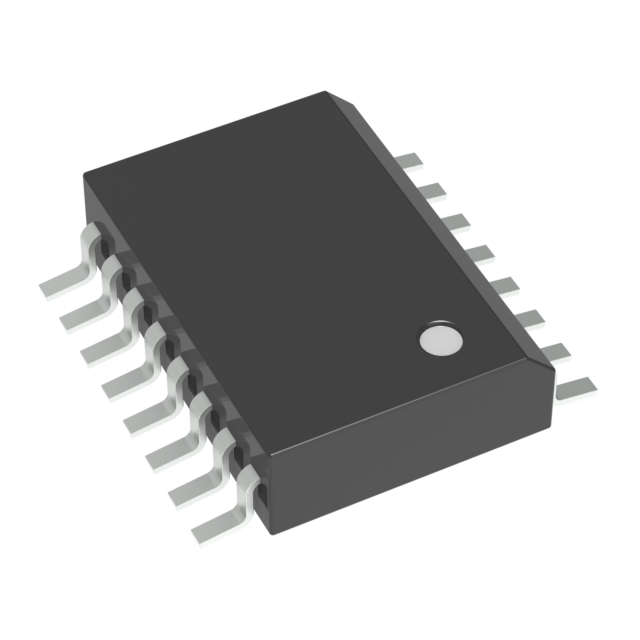
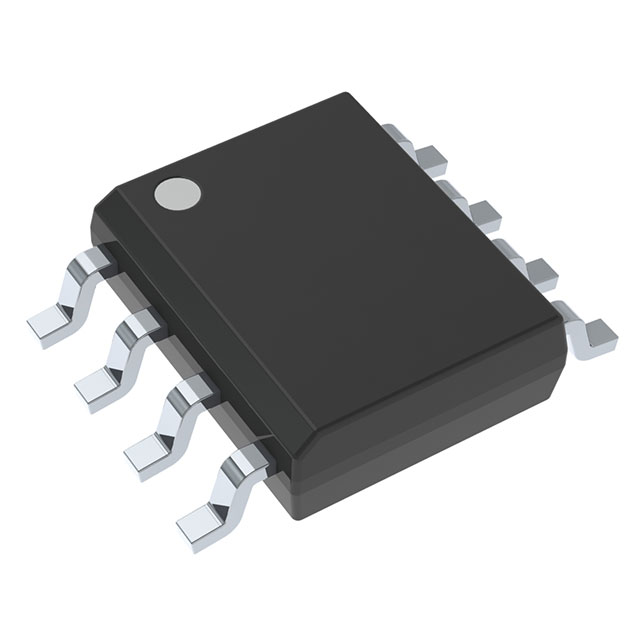
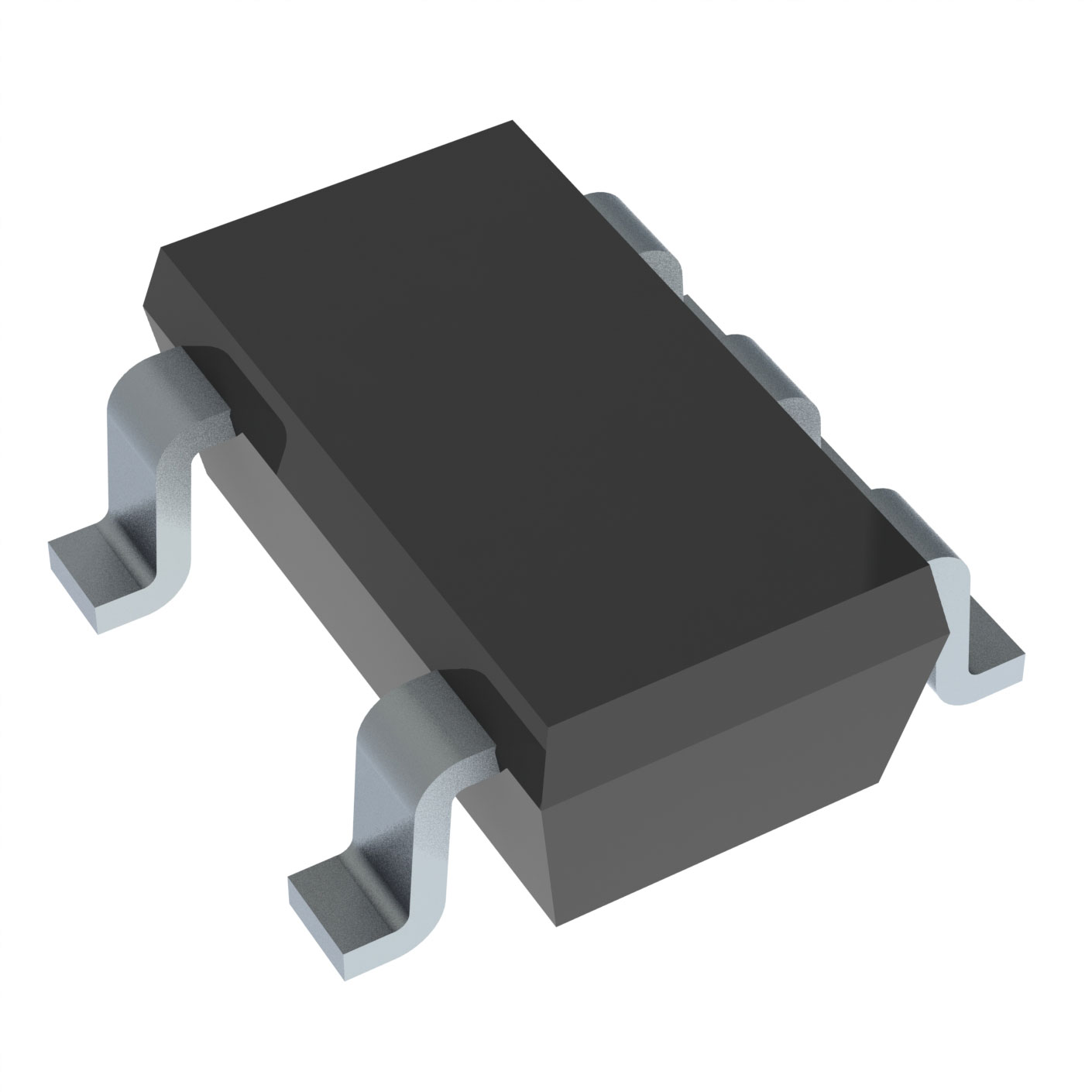

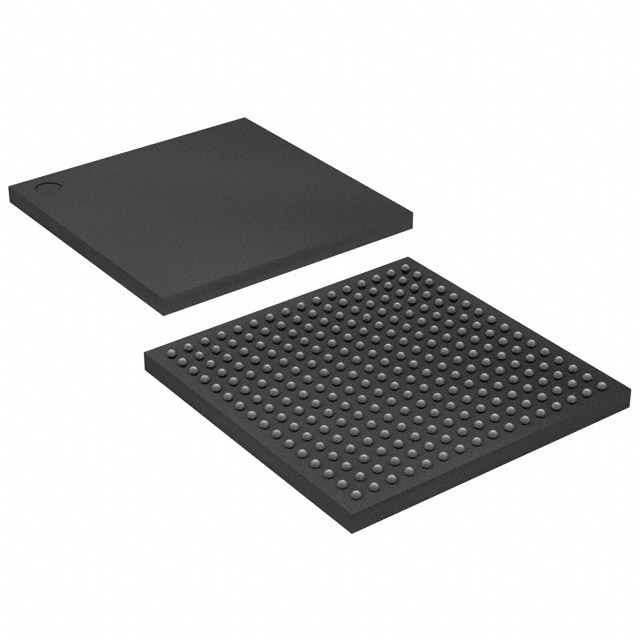
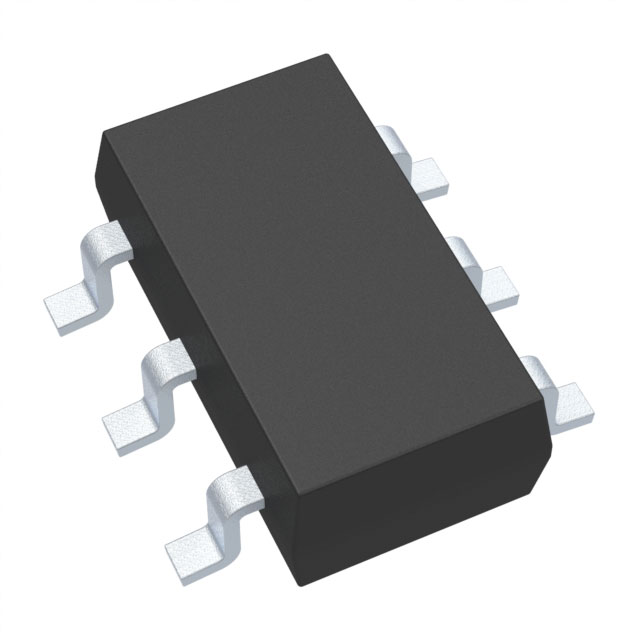
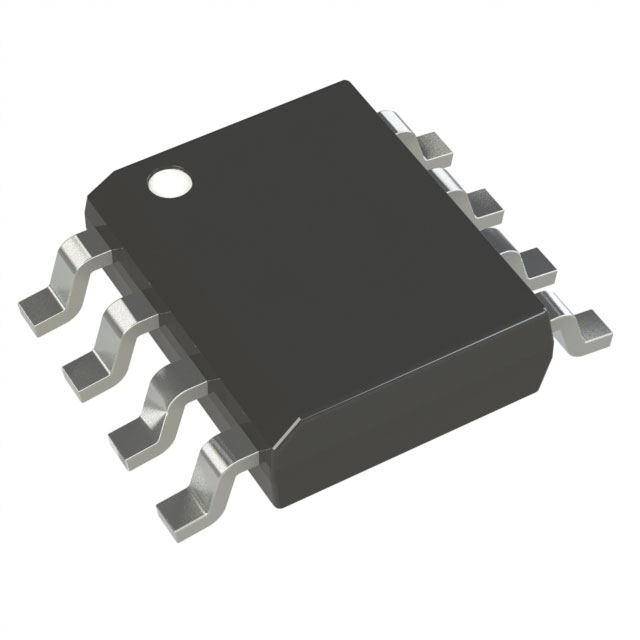
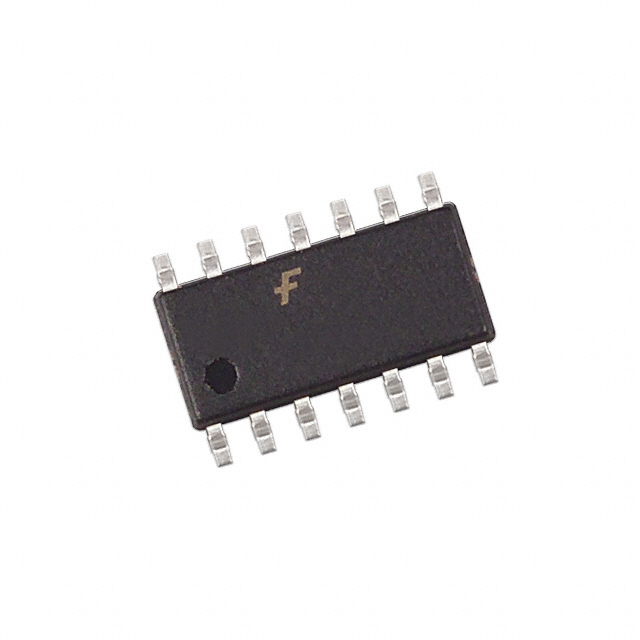
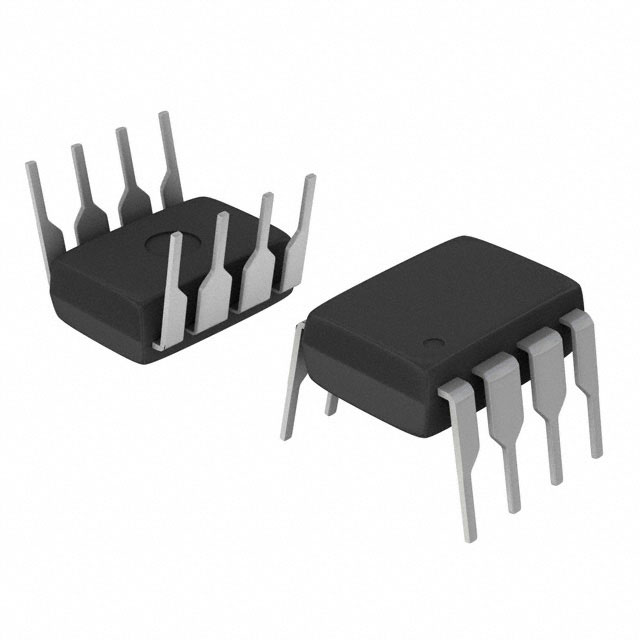

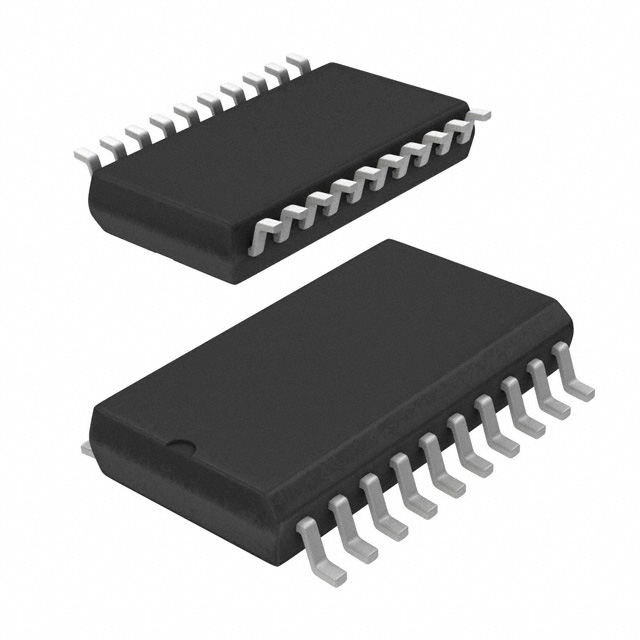







.png?x-oss-process=image/format,webp/resize,h_32)










